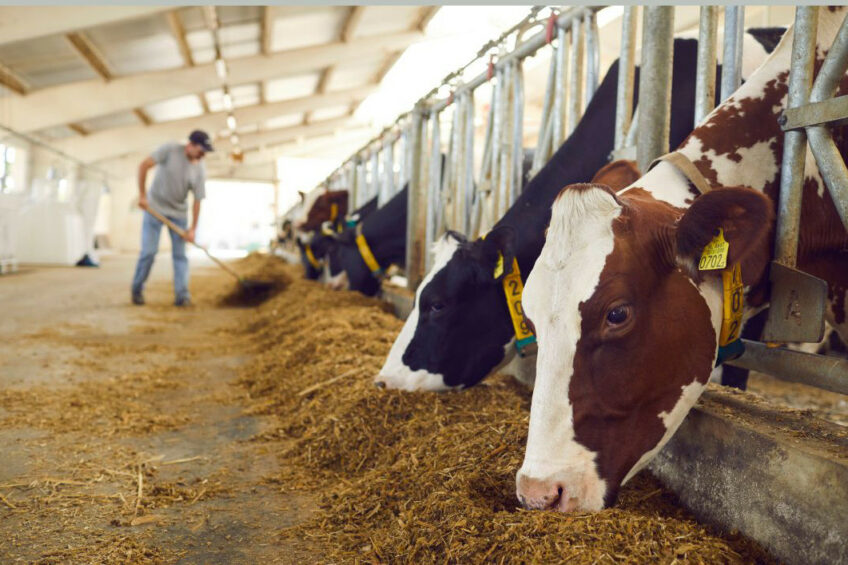Finland’s dairy industry in the spotlight

Dairy production in Finland is sliding due to high production costs and demographic issues.
The profitability of Finland’s dairy industry has been teetering on the edge for a long time, and many farms are in crisis, said Kaija Kinnunen, the executive director of Finnish farmers association MTK-Lappi.
The production cost in the raw milk segment surged at an extraordinary pace during the past several years, and moderate growth in retail prices only partly offset this trend, he indicated.
In 2023, Finland produced 2.174 million litres of milk, 1% less compared with the previous year, the official data indicated. The industry has also experienced a continuing consolidation trend. The number of dairy firms shrank by 8% to 4,200 as small farms suspended operations.
Organic segment facing challenges
One significant area of concern is the organic milk segment, which has been a beacon of hope for some farmers in recent years. This segment, known for offering better sales margins, is now facing its own set of challenges, contributing to the overall decline of the industry.
Remarkably, the organic milk segment is doing even worse than the industry as a whole. In 2023, organic milk production in the country dropped by 9% compared with the previous year, to 73 million litres.
The number of farms registered to manufacture organic milk slumped by 20%, though not all of them went bankrupt. Some farms switched to manufacturing conventional milk.
High efficiency
The industry’s performance is dropping despite a growth in average operational efficiency. For instance, the average milk yield per cow last year was 10,867 kg, and increased by 173 kg compared with the previous year.
“As in the previous years, the higher average yield can be seen in the feeding efficiency as a better utilisation of nitrogen and phosphorus and a better feed efficiency,” commented Ida Korhonen, development manager of feeding services from ProAgria.
Persisting uncertainty
“Uncertain times are, in particular, taking a toll on the investment willingness of dairy farmers, which was very low last year,” said Petri Koivisto, development director with ProAgria.
Kinnunen indicated that aside from the general economic challenges, dairy farms in Finland are also negatively impacted by a significant demographic shift known as ‘generation transition’. He explained that young people are no longer interested in working at farms and are reluctant to take over the family business from their parents. This is leading to a shortage of new farmers and a decline in the number of operational farms.
Some regions lose dairy farms even faster than others. In Lapland, a northern region, the number of farms shrank to 175 in 2023, against nearly 300 in 2017.
Join 13,000+ subscribers
Subscribe to our newsletter to stay updated about all the need-to-know content in the dairy sector, two times a week.










